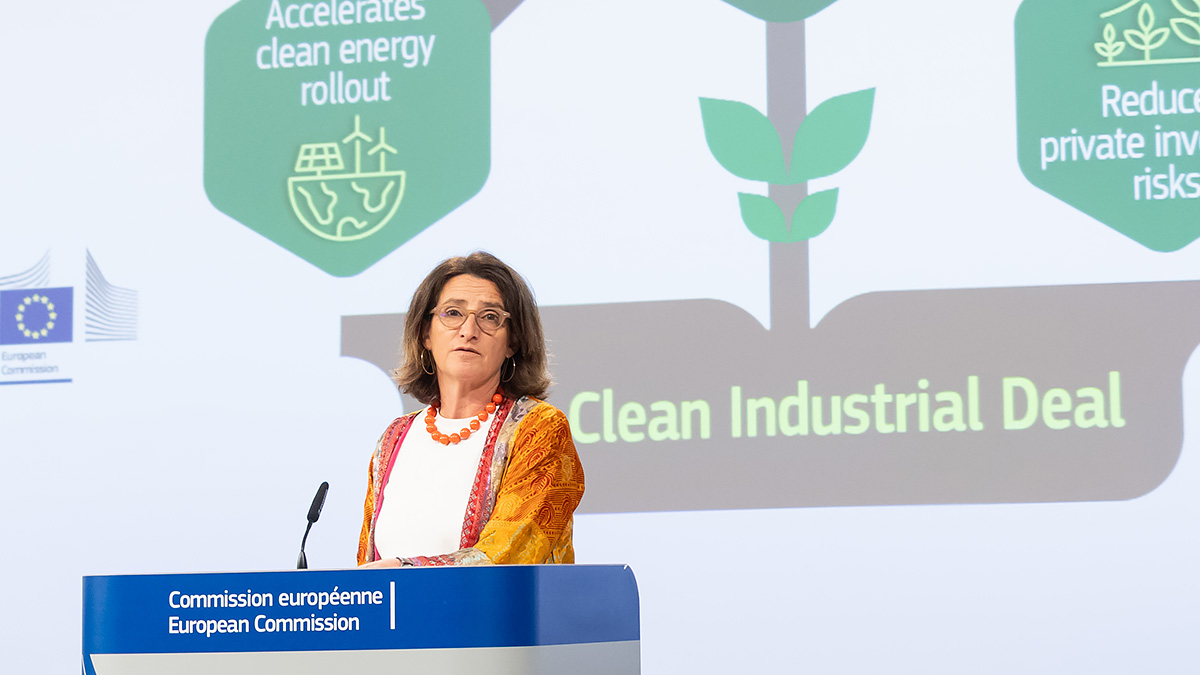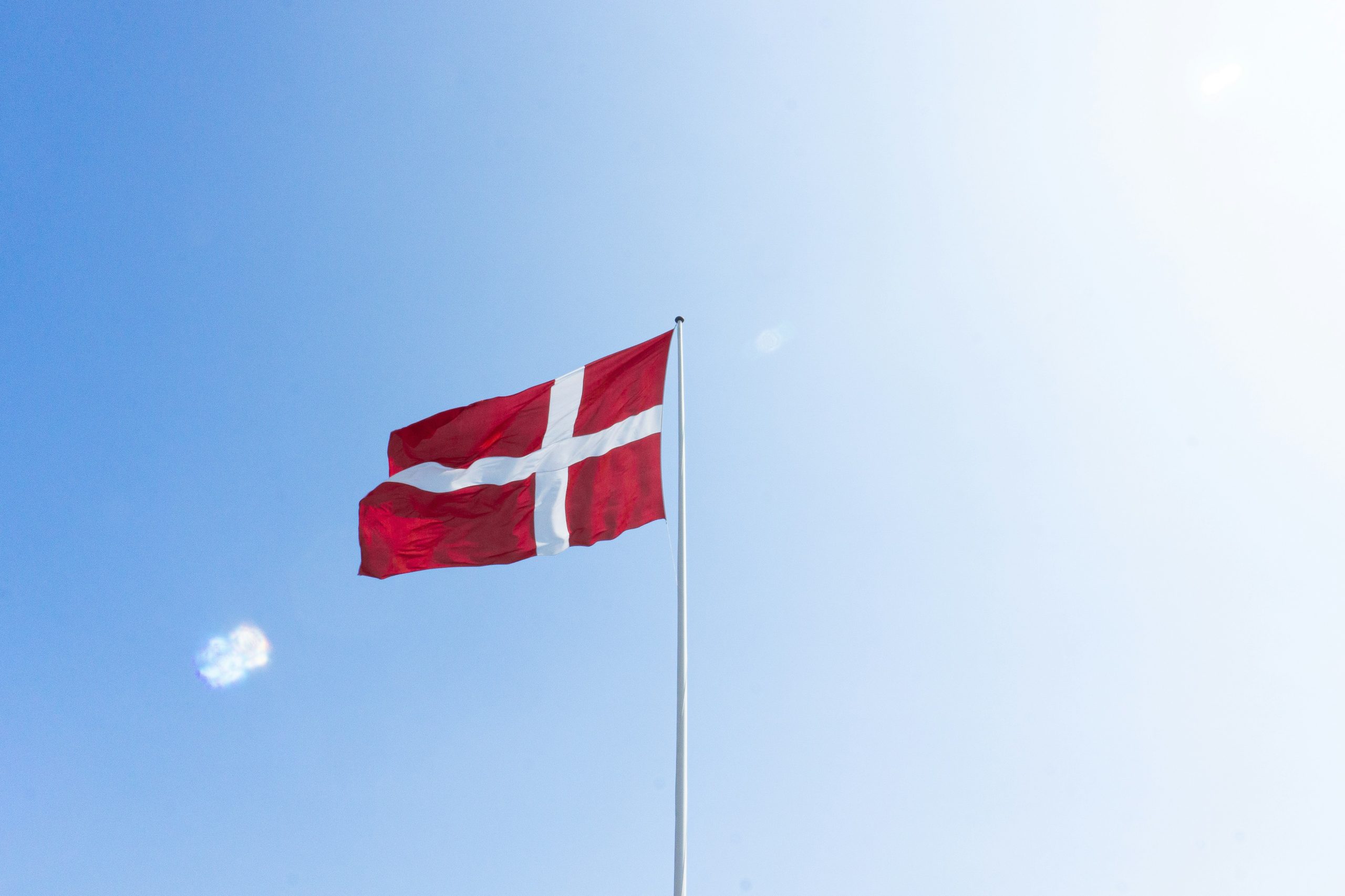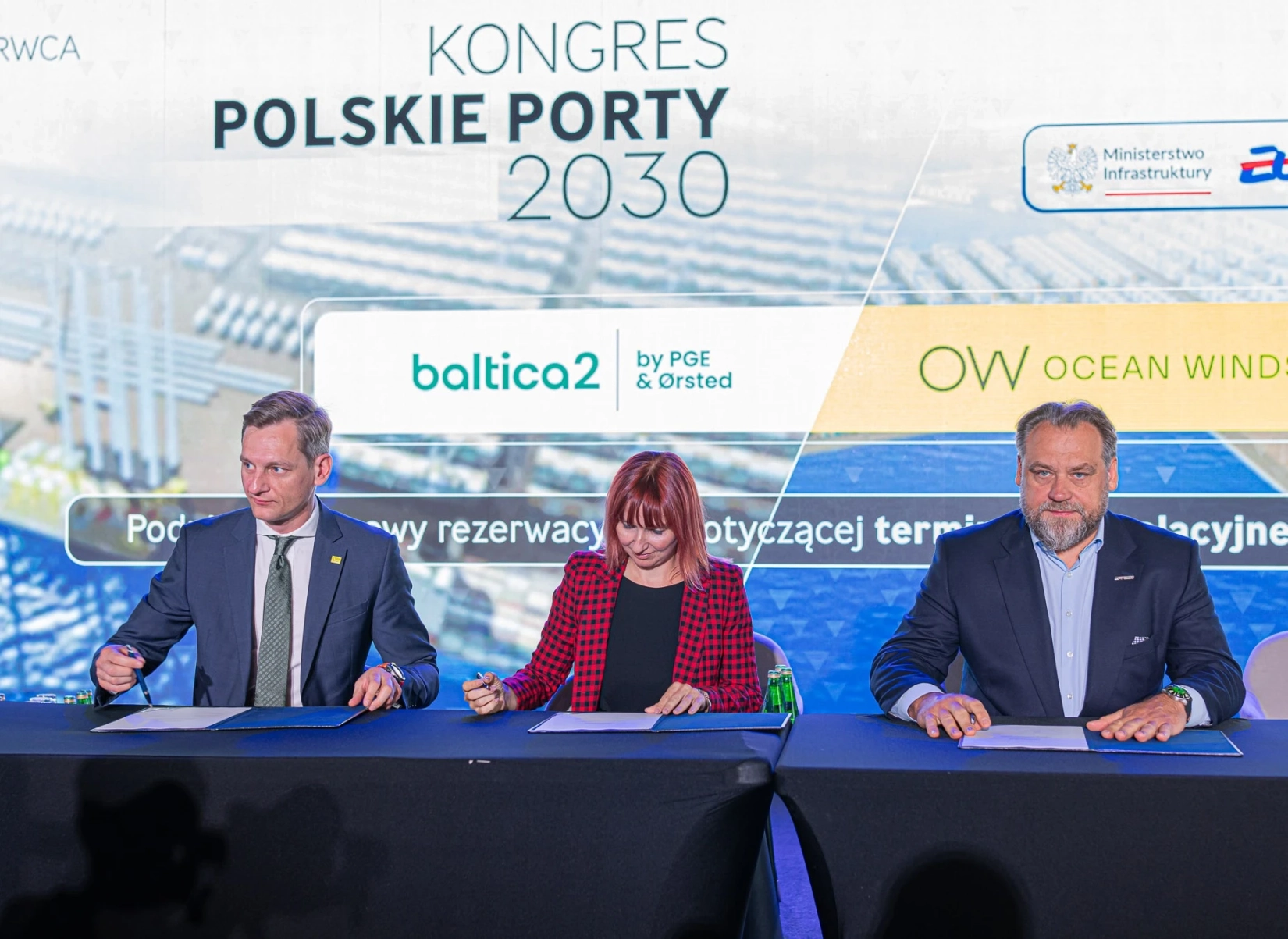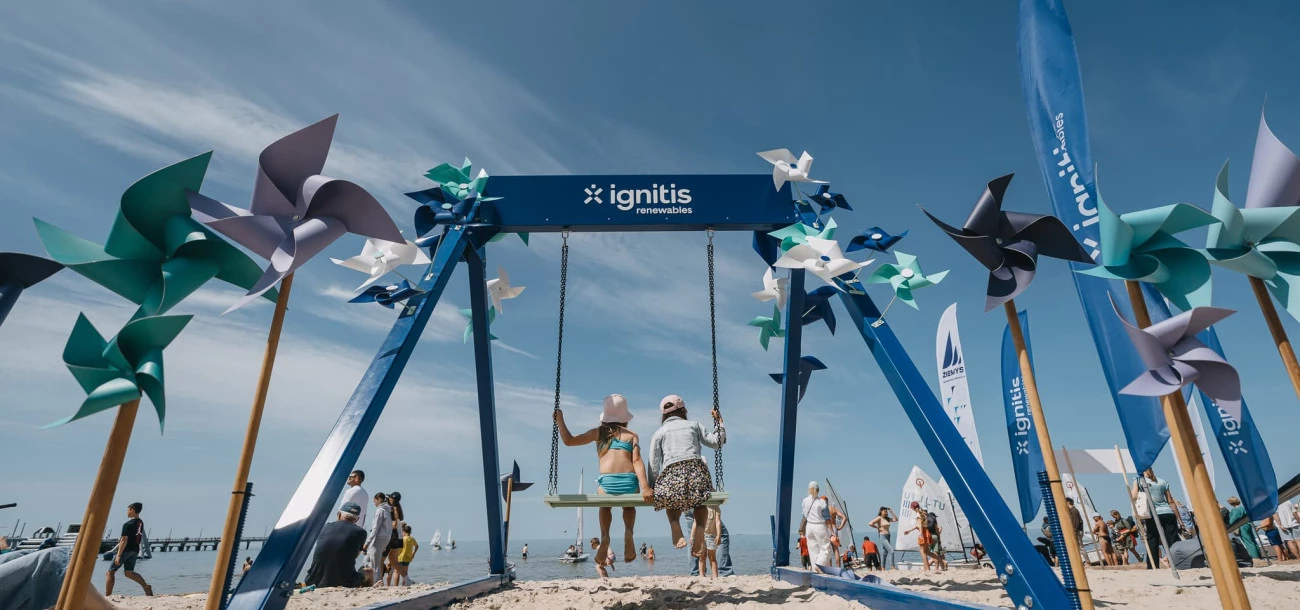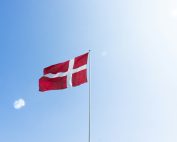Litgrid, the Lithuanian electricity transmission system operator, has commenced construction on the Darbėnai substation, a project that holds great significance for the Baltic Sea region. Located in the Kretinga district, this 330 kV substation is poised to become the future energy hub of western Lithuania. Its construction will not only enhance Lithuania’s energy security and expand commercial trading opportunities but also play a pivotal role in driving the growth of renewable electricity generation.
The primary objective of the Darbėnai substation is to prepare for synchronisation with the continental European grid. As part of this endeavor, the substation will integrate the Harmony Link, an international offshore link with Poland, into Lithuania’s electricity system. Furthermore, it will facilitate the distribution of the 1,400 MW of electricity generated by offshore wind farms across the country through West Lithuania’s transmission lines.
According to Rokas Masiulis, CEO of Litgrid, Darbėnai serves as a crucial energy hub for Lithuania and its partners. The substation, with its unique design, is directly linked to two highly significant energy projects: Harmony Link and offshore wind farms. Darbėnai acts as the entry point for a substantial amount of energy required to meet the electricity needs of the country and the region as a whole. From Darbėnai, the electricity will be transmitted through Western Lithuania’s transmission lines to the central part of the country, and it can even be exported to neighboring countries.
What makes the Darbėnai substation exceptional is its ability to connect power lines for three distinct purposes: offshore and onshore wind, as well as the Harmony Link offshore link. Additionally, the substation will house a 700 MW converter station dedicated to the Harmony Link offshore link with Poland. This converter station will be the third of its kind in Lithuania, with the first one serving the NordBalt international link with Sweden in Klaipėda, and the second one serving the LitPol Link international link with Poland in Alytus.
The Harmony Link offshore cable, spanning 330 kilometers from Darbėnai to the substation in Żarnowiec, Poland, will enable greater flexibility in responding to the electricity market. It will allow electricity to be supplied when there is demand and exported when there is a surplus. Moreover, the Darbėnai substation will be instrumental in connecting high-potential offshore wind farms situated approximately 30 kilometers off the coast of Palanga. These wind farms, developed in two phases with a capacity of 700 MW each, hold immense promise for clean energy generation.
Beyond its role in offshore wind development, the Darbėnai substation will mark the starting point of the newly constructed Western Lithuania 330 kV transmission line highway. Spanning a distance of over 350 kilometers from Darbėnai to the Kruonis pumped storage power plant, this corridor will facilitate the distribution of electricity flows between Western Lithuania, where renewable energy is rapidly expanding, and Eastern Lithuania, where electricity consumption is on the rise.
Additionally, the Darbėnai substation will contribute to the development of continental renewable energy sources. By connecting the 330 kV Darbėnai-Bitėnai transmission line and considering the future installation of a 110 kV substation, the integration of more continental green local generation into the transmission grid will be made possible.
The reliability and resilience of Lithuania’s electricity transmission network will be further bolstered through various projects in the pipeline. These projects include the construction of the 330 kV transmission lines Darbėnai-Mūša and Mūša-Panevėžys, as well as the extension of the Varduva substation into a transformer substation. Once completed, these initiatives will ensure a more balanced distribution of power flows, not only from west to east and west to south but also from north to south, strengthening Lithuania’s overall electricity transmission system.
The Darbėnai substation is scheduled for completion by 2025, marking another milestone in Lithuania’s journey towards a robust and sustainable energy future. Litgrid has already achieved significant progress in synchronisation projects, including the extension of the Bitėnai transformer substation, the construction of the Pagėgiai-Bitėnai line, the reconstruction of the Lietuvos elektrinė-Vilnius line, the extension of the LitPol Link, the testing of emergency connections to the continental European grid, and the optimization of the North-Eastern Lithuanian transmission network.
By 2025, Lithuania, together with Latvia and Estonia, aims to be synchronized with the continental European grid, ensuring synchronous operation with Poland, Germany, and other European countries. This milestone will strengthen the region’s energy security and pave the way for greater collaboration in achieving clean and sustainable energy targets.
The construction of the Darbėnai substation stands as a testament to Lithuania’s commitment to renewable energy and offshore wind development. As the Baltic Sea region continues its stride towards a greener future, this ambitious project will undoubtedly play a pivotal role in shaping the energy landscape and fostering a sustainable and prosperous future for all.
Source: Litgrid




